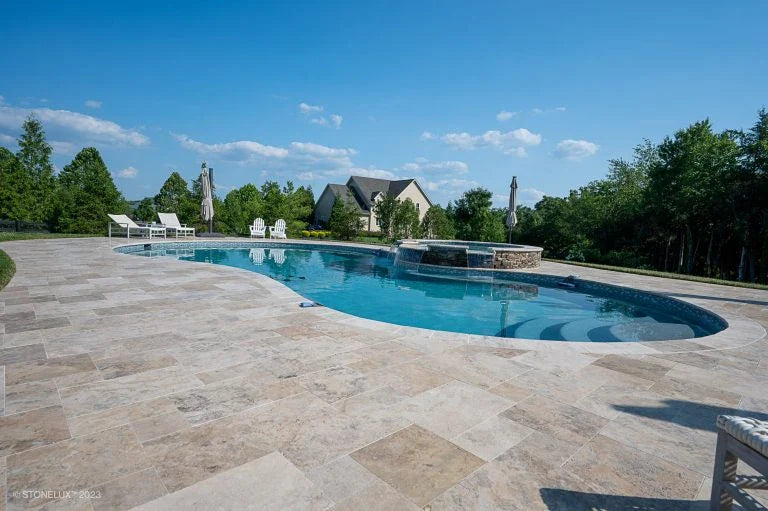What is Coping in Masonry?
Coping in masonry refers to the protective cap or covering placed atop a wall, pier, or other masonry structure. It serves several crucial functions, primarily protecting the underlying structure from the elements and enhancing its aesthetic appeal. This comprehensive guide will delve into the various aspects of coping, exploring its purpose, types, materials, and installation techniques.
Why is Coping Important?
Coping plays a vital role in ensuring the longevity and structural integrity of masonry work. Its primary functions include:
- Weather Protection: Coping acts as a shield against rain, snow, and ice, preventing water penetration that can lead to damage like freeze-thaw cycles, efflorescence, and erosion.
- Structural Reinforcement: By capping the wall, coping distributes loads and prevents the accumulation of debris and moisture on the top surface, thereby strengthening the wall's structural capacity.
- Aesthetic Enhancement: Coping can significantly enhance the visual appeal of a masonry structure. It provides a clean, finished look and can be designed to complement the overall architectural style.
- Erosion Prevention: It safeguards against wind and rain erosion that can degrade the masonry over time.
Types of Coping
Various coping types cater to different architectural styles and structural requirements. Common types include:
- Flat Coping: This is the simplest type, characterized by a flat, horizontal surface. It's cost-effective and suitable for many applications.
- Saddle Coping: This type features a curved or arched profile, providing excellent water runoff and a more aesthetically pleasing appearance.
- Hipped Coping: This type slopes downwards on all four sides, facilitating water drainage and offering enhanced protection against the elements.
- Gable Coping: Often used on gable walls, this type has a triangular shape that follows the roofline, providing both protection and a visually appealing finish.
- Roll Coping: Featuring a rounded profile, roll coping offers a smooth, continuous finish. It's particularly suited for curved walls or parapets.
Materials Used for Coping
The choice of material for coping depends on factors such as durability, aesthetics, budget, and the overall design of the structure. Popular choices include:
- Concrete: Durable, versatile, and relatively inexpensive, concrete coping is a common choice for various applications.
- Brick: Offers a classic and aesthetically pleasing look, matching well with brick walls. Requires careful installation to ensure proper water drainage.
- Stone: Provides superior durability and an elegant appearance. However, it's typically more expensive than concrete or brick.
- Precast Concrete: Offers a quick and efficient installation process while maintaining durability and a variety of design options.
Installation of Coping
Proper installation is crucial for ensuring the effectiveness and longevity of coping. Key considerations include:
- Preparation: Ensure a level and clean surface for the coping to rest upon. Address any imperfections or damage to the underlying masonry before installation.
- Mortar Selection: Choose a high-quality mortar that is compatible with both the coping material and the underlying masonry. Proper mortar mix is essential for strength and water resistance.
- Installation Techniques: Depending on the coping type and material, different installation techniques may be employed. Precision and attention to detail are crucial to ensure a watertight seal and a structurally sound finish.
- Waterproofing: Applying a suitable waterproofing membrane under the coping can further enhance its protective capabilities.
Maintenance of Coping
Regular maintenance can extend the lifespan of coping and prevent costly repairs. This includes:
- Cleaning: Regularly remove debris and dirt from the coping surface to prevent water accumulation.
- Inspection: Periodically inspect the coping for cracks, damage, or signs of water penetration.
- Repair: Promptly repair any damage to prevent further deterioration.
Conclusion
Coping is an essential component of any masonry structure, offering protection, reinforcement, and aesthetic enhancement. By understanding its purpose, various types, materials, and installation techniques, you can ensure your masonry project benefits from this vital element for years to come. Choosing the right coping material and ensuring its proper installation are key steps to safeguarding your investment and maximizing the longevity of your masonry structure.

